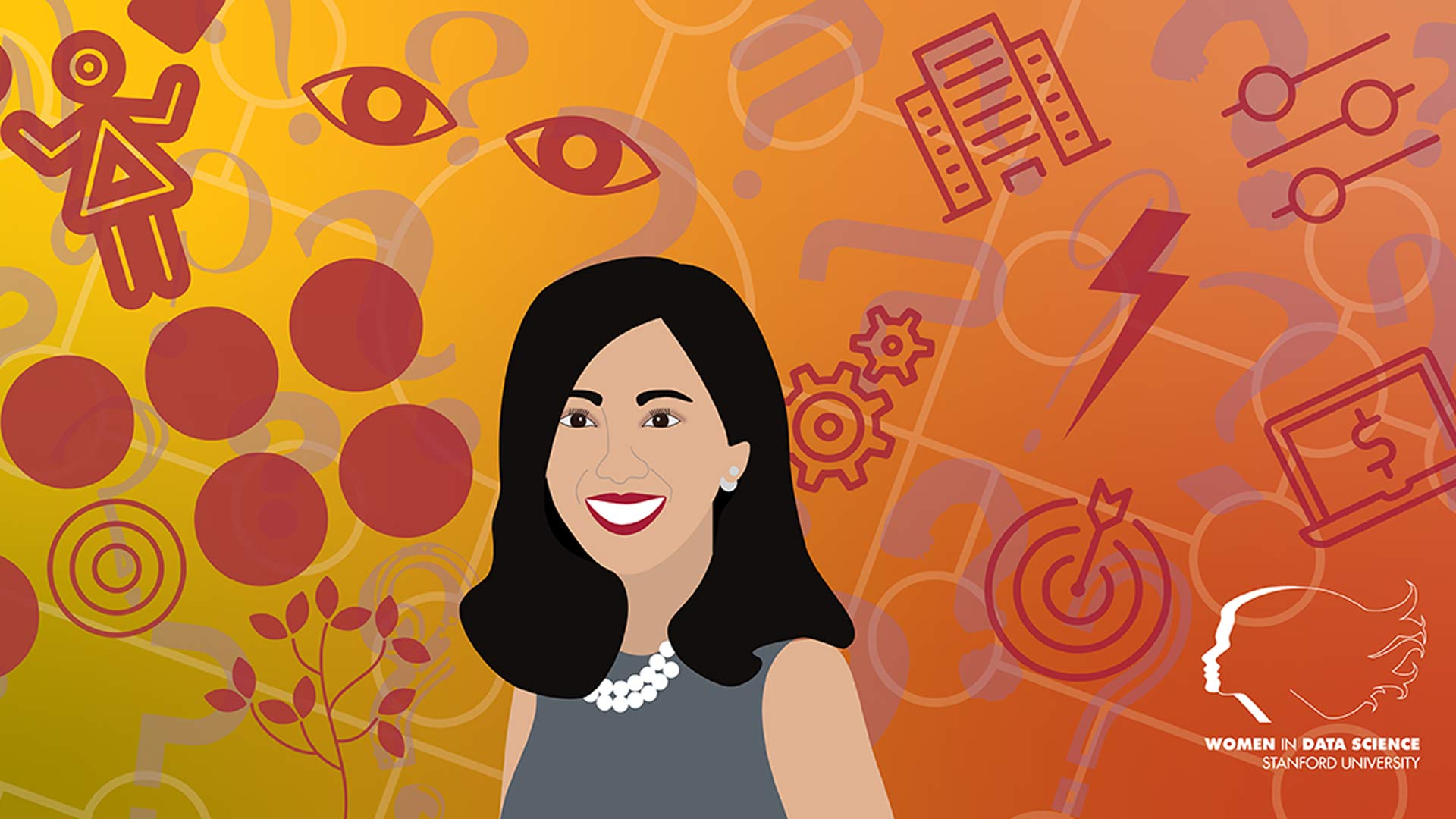After she earned her BA, MA, and PhD in economics from the University of Maryland, Menglin Cao spent six years at Fannie Mae before joining Wells Fargo. Over the past 15 years, she has seen a major shift in how financial institutions use data to drive business decisions. In the past, many business decisions were based upon the experience and judgement of senior executives, but today every decision must be backed up by data and analytics.
Many aspects of the financial services that leverage data are great candidates for AI and ML models, such as customer experience, revenue generation, and risk management. She wants to ensure they build models that are fair, explainable, interpretable, and able to generate value.She offers several examples about best practices for success.
To be useful, the data must first be focused on a foundational business question. “Data can tell many stories, but until you bring the story to the businesses and they can relate the story to a question, experience or concern that they have, it’s not going to lead to an actionable insight.” The journey to find that answer requires data science, data algorithms, operational procedures, implementations, and integrations of systems, but without the right question to begin with, it doesn’t lead anywhere.
It’s also important to build a solution in a matrix organization rather than top-down approach, working with the technology team, model developers, subject matter experts, the model governance and validation teams. And data management has become centralized, shifting from silos to a central enterprise data lake where every line of business and all models depend on one source of truth. This removes the redundancies and duplications that silo-based data warehouse may create.
To ensure that models are fair, they continually test them for bias. One way to make sure that these data are representative of the entire population is to conduct a sensitivity analysis. They can see if the model can stand on its own by “shocking it” in different ways to find any vulnerabilities that need to be addressed.
She acknowledges that there are not yet many women leaders in fintech and the financial sector but she is hopeful that can change if women are given the opportunity. “I am in the position that I am in because my leaders trusted me and gave me a chance.” She hopes that leaders will continue to give diverse people a chance to grow and demonstrate what they can do. And then once the opportunity’s given to you, then the rest depends on what you make out of it.
https://www.widsconference.org/uploads/5/5/8/3/55834673/published/menglin-cao.jpeg?1626377041


